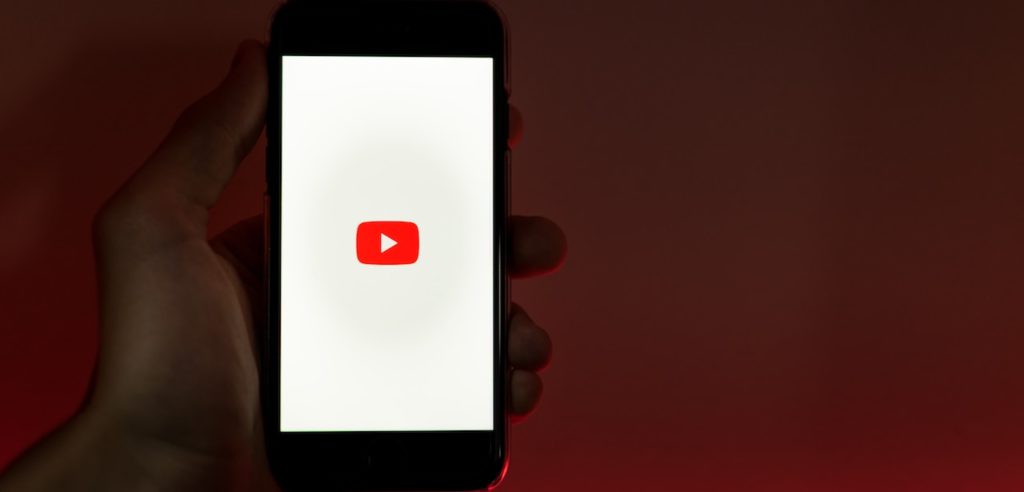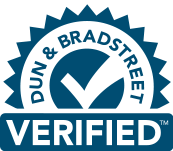What takes the place of YouTube annotations?
Earlier this year, YouTube did away with video annotations. The gap was filled with YouTube cards that provide an interactive experience for users – no matter what type of device they’re on.
Technology changes faster than you can delete a MySpace account.
YouTube annotations are one of the “innovations” that ended up falling by the wayside in favor of something more cutting-edge and relevant to what users need.
Of course, you’re not left without a replacement.
We’ll get to that. First, let’s talk about what killed YouTube annotations.
Then, we’ll look at your options and answer the question, “Can I link a YouTube video to my website?”
What happened to YouTube annotations?
YouTube announced in 2017 that the platform would no longer support annotations after January 15, 2019.
At the time the announcement was made, the reason was that there was a 70% decline in usage.
The main reason?
Annotations didn’t work on mobile devices.
Looking at the numbers, it becomes clear: Americans spend more than 3 hours a day on their mobile phones and only 2.2 hours on their laptop or desktop.
In addition, 70% of watch time is happening on smartphones and tablets.
So, annotations on YouTube have gone the way of VHS tapes and rotary phones.
But you’re not out of luck.
Let’s talk about your latest options.
What’s the alternative: YouTube cards
YouTube didn’t leave users high and dry. They created an alternative to annotations: YouTube cards.
Here’s what this new tool is all about.
What are YouTube cards?
Biteable.com describes them like this:
What takes the place of YouTube annotations?
Earlier this year, YouTube did away with video annotations. The gap was filled with YouTube cards that provide an interactive experience for users – no matter what type of device they’re on.
“YouTube cards are the interactive cards you see in YouTube videos (usually at the end) that let creators share clickable links to relevant content throughout a video. You can add up to five cards to each video and you can use cards in any video.”
Why use YouTube cards?
If you’re creating videos on YouTube, you definitely want to take advantage of YouTube cards, as they’ll allow you to make your videos interactive – even for mobile.
Plus, cards have more capabilities for video components than annotations did.
YouTube cards drive actionable results as nothing has before.
What kind of cards can you use?
There are five types:
- Video or playlist, to promote your own content.
- Channel, to advertise a different channel.
- Donation, to raise money for a cause you support.
- Poll, to give your audience a chance to share their opinions – privately – with a poll.
- Link, so you can link to a website from YouTube.
What this means for most brands who can’t commit to YouTube
There’s always a catch, right?
The issue with YouTube cards is that it’s not easy for a brand to add a link to move visitors from the video to their website.
YouTube doesn’t allow anyone to have a custom URL link until they become a part of their “Partner Program.”
To apply to the program, you must have at least 1,000 YouTube subscribers to your channel and have more than 4,000 public watch hours in the last 12 months.
This means that you’ll need to commit to building your YouTube channel for a while before you can do this. You’ll have to treat it as a true “channel” to get to these metrics.
You can add a link to the video description; however, click-through rates are typically low.
You’re not stuck, though.
You have options
If jumping through the hoops to join the YouTube Partner Program is a deal-breaker, consider hosting videos on your own website.
There are some great reasons to do this, including:
- It’s easier to connect with customers.
- Third-party video players provide more data than YouTube.
- You have more control over the viewer experience.
- There aren’t annoying pop-up ads.
Get the most out of YouTube cards
The bottom line is that YouTube cards make it easy to engage audiences with interactive content that they can use on any device.
If you don’t want to use a third-party video player, put in the time and effort and you’ll be eligible to join the YouTube Partner Program – or try adding a link to your website as the icing on the cake.







